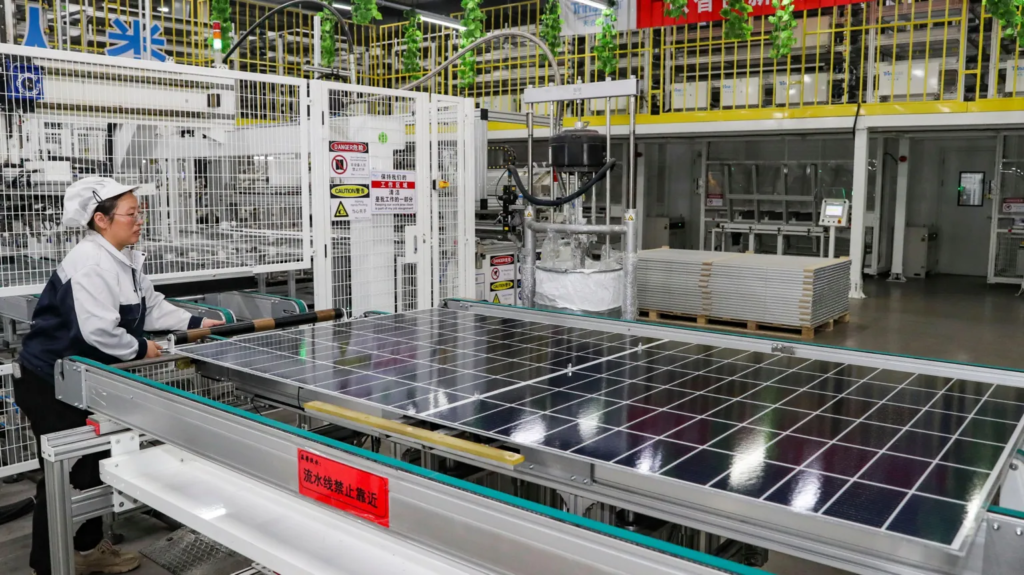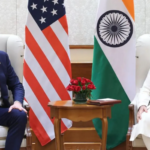US Solar Panel Tariffs Aim to Curb Trade Circumvention
In a landmark decision, the United States Department of Commerce has imposed extraordinarily high tariffs—reaching up to 3,521%—on solar panel imports from Southeast Asia. This sweeping move targets companies in Cambodia, Malaysia, Thailand, and Vietnam accused of helping Chinese manufacturers sidestep existing trade penalties.
The decision comes after a year-long investigation launched by leading U.S. solar manufacturers, including Hanwha Qcells and First Solar. The companies claimed that Chinese solar firms were routing goods through Southeast Asia to avoid tariffs originally designed to protect the domestic solar industry from unfair competition.

Breakdown of Tariffs by Country
The finalized duty rates vary significantly depending on the cooperation of each supplier during the U.S. investigation:
- Cambodia: Non-cooperative companies face tariffs up to 3,521%, making it the highest on record for solar-related imports.
- Malaysia: Jinko Solar, one of the largest exporters, will now face a 41.56% tariff rate.
- Thailand: Trina Solar, which produces a large volume of panels in Thailand, faces tariffs as high as 375.19%.
- Vietnam: Tariffs range from 53.3% to 271.28%, depending on the manufacturer.
Why the Tariffs Were Imposed
The Department of Commerce stated that the tariffs were necessary to address circumvention of U.S. anti-dumping and countervailing duty (AD/CVD) orders against China. The investigation concluded that Chinese companies were exploiting Southeast Asia as a backdoor into the U.S. market, thus undermining existing tariffs.
“These tariffs are a crucial enforcement action to ensure fair trade practices,” said a spokesperson from the Department. The move is seen as a major victory for U.S.-based solar manufacturers who have struggled to compete with cheap imports.
Mixed Reactions from the Industry
While U.S. solar manufacturers have applauded the ruling, other industry players are raising red flags. The Solar Energy Industries Association (SEIA) warned that the tariffs could disrupt supply chains and raise costs for solar developers, potentially stalling renewable energy projects across the country.
“This will slow down deployment and raise prices,” said Abigail Ross Hopper, CEO of SEIA. “We must protect manufacturing without harming installation and deployment sectors.”
Will the Tariffs Take Effect?
The final implementation depends on a ruling by the U.S. International Trade Commission (ITC), expected in June. The ITC will determine whether U.S. industry has suffered material injury due to these imports. If the ruling is affirmative, the tariffs will go into full effect, reshaping the solar supply landscape in the U.S.
Wider Trade Implications
This decision is the latest chapter in a broader trade confrontation that spans not only the U.S. and China but now includes regional players in Southeast Asia. It also adds complexity to the Biden administration’s goal of accelerating renewable energy adoption. Striking a balance between protecting domestic manufacturing and enabling affordable clean energy deployment remains a delicate challenge.
Interestingly, this tariff decision comes at a time when the U.S. is also facing high demand for solar products to meet climate targets and infrastructure investment goals. With Southeast Asia producing a significant portion of global solar panels, these tariffs could have ripple effects across international supply chains.
Conclusion: A Trade Wall in the Solar Boom?
As the world transitions to cleaner energy, trade policy is playing an increasingly influential role in shaping who benefits from that transition. The U.S. solar panel tariffs signal a strong stance on fair trade but may come at a cost to affordability and speed in solar expansion. With the ITC ruling pending, the future of solar imports—and domestic deployment—hangs in the balance.
Category: Energy & Environment, Trade & Economics
Tags: US solar panel tariffs, Southeast Asia, Cambodia, Malaysia, Vietnam, Thailand, antidumping duties, renewable energy, solar trade, US-China trade









